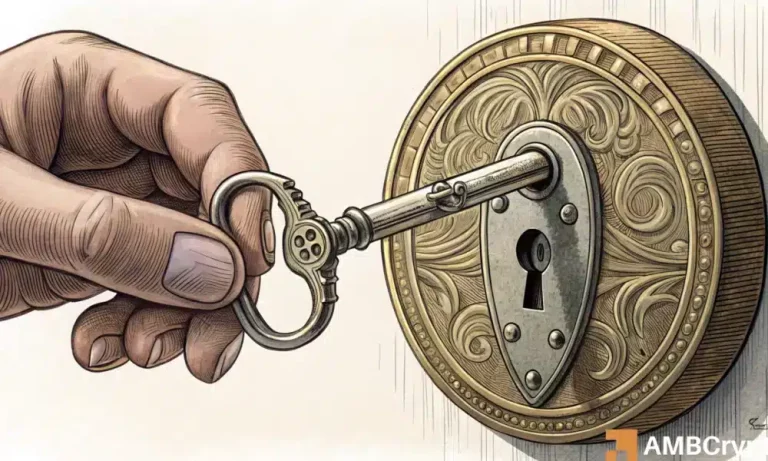The world of decentralized finance (DeFi) and stablecoins is no longer just the domain of tech enthusiasts. It’s rapidly evolving into a cornerstone of the future payment systems, according to Federal Reserve Governor Christopher Waller. During the Wyoming Blockchain Symposium 2025, Waller made an emphatic case for embracing crypto-based innovations and assured policymakers and bankers that there’s ‘nothing to be afraid of.’
Embracing New Technology in Payments
Waller dismissed fears surrounding DeFi transactions, emphasizing their similarity to everyday payment mechanisms. He noted, “There is nothing scary about this just because it occurs in the decentralized finance or DeFi world — this is simply new technology to transfer objects and record transactions.” To policymakers and the banking sector, he urged collaboration on the development of crypto payment infrastructure, pointing out the efficiencies and innovations they can bring.
For example, stablecoins such as Tether (USDT) and Circle’s USDC are already making waves in global transactions. With a combined market capitalization of over $234.5 billion, these digital assets are revolutionizing how money moves across borders.
The Case for Stablecoins
Stablecoins have the potential to bolster the international role of the US dollar, particularly in high-inflation economies or regions with limited access to physical cash. According to Waller, stablecoins could dramatically improve both retail and cross-border payments, creating a more inclusive global economy. The Federal Reserve’s recent decisions—including withdrawing earlier guidance that discouraged banks from involving themselves in crypto—signal a shift towards fostering innovation in this space.
The Guiding and Establishing National Innovation for US Stablecoins (GENIUS) Act further underscores the government’s ambitions in reshaping the financial landscape. Waller considers the act an ‘important step’ in helping stablecoins achieve their full potential.
DeFi in Everyday Transactions
Waller used a simple analogy to highlight how DeFi transactions mirror traditional banking processes. “I can go to the grocery store and buy an apple using a digital dollar in my checking account. I tap my debit card, and the machine records the transaction. The same process applies to the crypto world.” This analogy demystifies decentralized technologies and paints a picture of a seamless integration into daily life.
A Glimpse at the Future of Finance
Experts project that the stablecoin industry could grow from $280 billion today to $2 trillion by 2028, particularly with a supportive regulatory framework in place. This explosive growth potential has implications not just for the crypto industry, but also for traditional banking, retail, and global commerce. Additionally, initiatives such as encouraging Federal Reserve staff to hold small amounts of cryptocurrency signal institutional steps toward embracing these technologies.
Crypto Essentials: A Product to Explore
For those looking to experiment with stablecoins, products like USDC by Circle provide a reliable entry point. As a fully reserve-backed stablecoin, it offers transparency and stability, making it a great option for both individual and business use cases.
Stay tuned as the worlds of fintech, DeFi, and crypto continue to converge, paving the way for a new era in payments and financial innovation.



